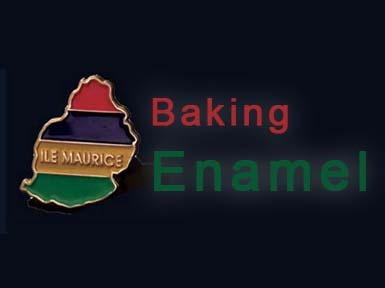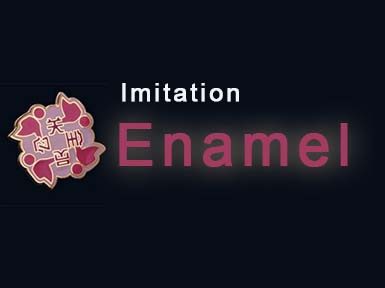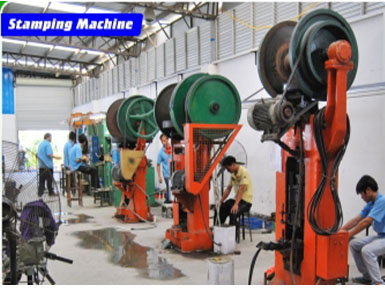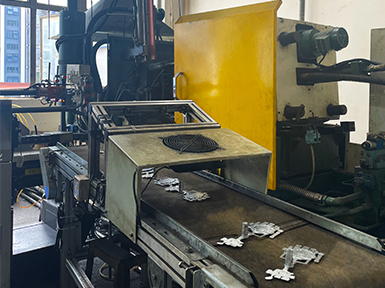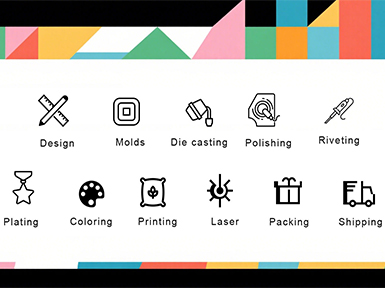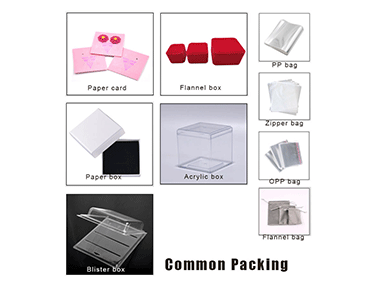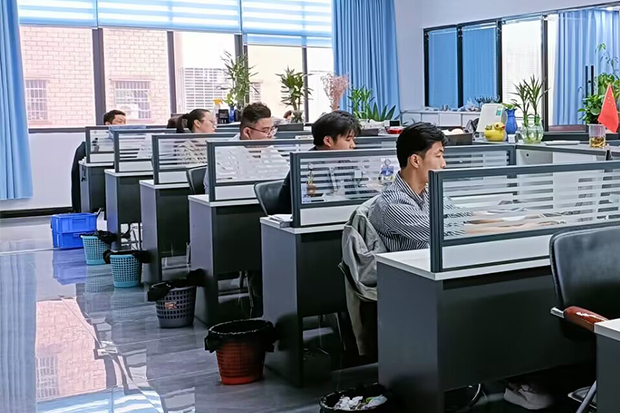Different printing techniques for customized art crafts have distinct characteristics, thus achieving different effects for customized medals,challenge coins,badges,bottle openers…etc
Which process to choose ultimately depends on your specific needs: budget, quantity, pattern complexity, expected visual effect, touch, and most importantly – the requirements for durability and the usage environment.
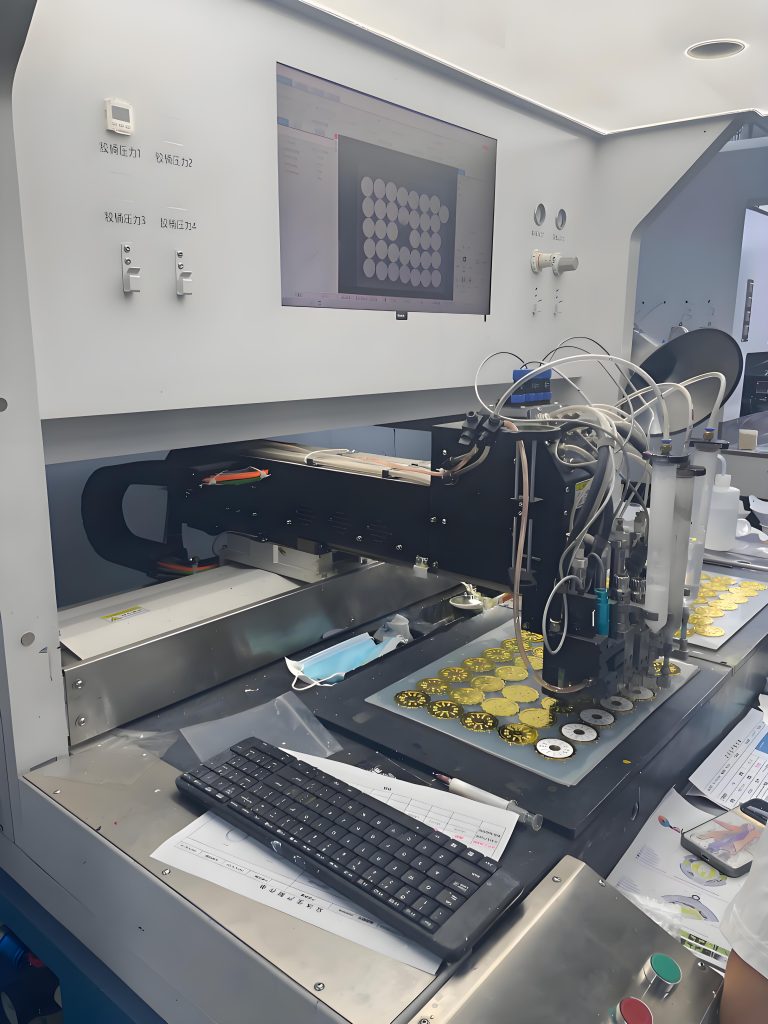
painting process
| Printing Tech | Characteristics |
| UV Printing | 1. Suitable for flat and 3D surfaces, 2. Can be printed directly on metal or on paint, a bit sandy and rough. 3. Not very accurate in alignment. 4. Four-color printing, gradient colors can be made, 5. Too fine patterns may be blurred |
| Colored Porcelain | 1. Only suitable for flat surfaces. Use solid color glass paint or fake enamel as a base before printing, a bit faded 3. Four-color printing, gradient colors can be made. 4. Not very accurate in alignment. |
| Sticker | 1. Only suitable for flat surfaces. 2. There must be a metal frame to facilitate alignment and pasting. 3. You can first apply the sticker on the product and then add AP (epoxy), or you can first make the sticker + AP and then apply it on the product |
| Offset printing | 1. Only suitable for flat surfaces. 2. Can be printed directly on metal, usually with AP for protection. 3. Applicable to sheet materials such as iron, aluminum, copper;can also be laminated with zinc alloy; 4. The price is higher than stickers. 5. Four-color printing, gradient color can be made 6. High printing quality, plate fee is required. |
| Silkscreen | 1. Only applicable to flat surfaces. 2. Special color printing, gradient color cannot be made, 3. The price is calculated based on the number of colors. 4. Can print very small and subtle patterns. 5. Very accurate alignment. 6. The price is relatively high, and a screen plate fee is required. |

